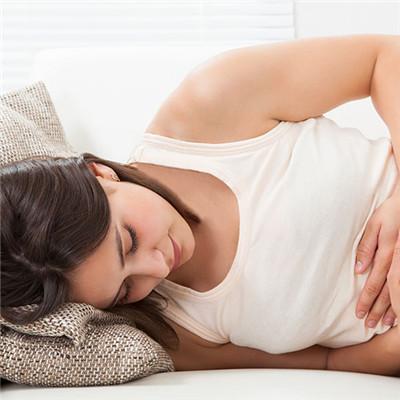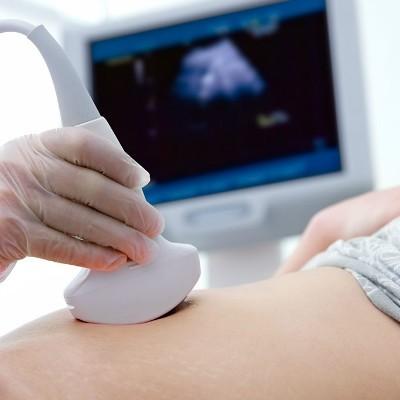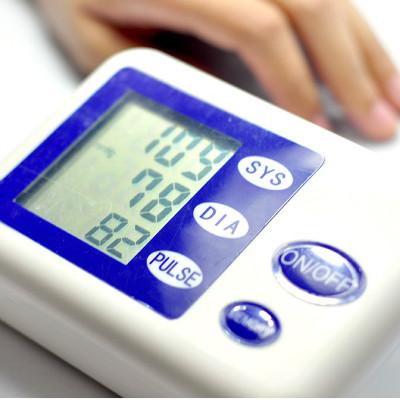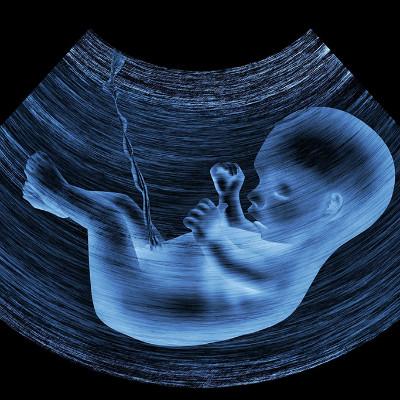Menopausal cervical polyp symptoms?
summary
Postmenopausal cervical polyps are caused by chronic inflammation of the cervix, which stimulates the cervical mucosa and causes hyperplasia. The uterus has a natural ability to remove foreign bodies, which makes the proliferative cervical mucosa protrude from the base to the outer mouth of the cervix to form polyps. Polyps are red, tongue like, soft and brittle, easy to bleed when touched; Cervical polyps also have a root, known as pedicle, generally slender pedicle, mostly attached to the cervix. Menopausal cervical polyp symptoms? Let's talk about it.
Menopausal cervical polyp symptoms?
1、 Abnormal leucorrhea: small cervical polyps are not easy to produce symptoms, most patients are found in gynecological examination. If the polyp is large, it will produce bloody leucorrhea or even contact bleeding, especially after sex or forced defecation, there will be a small amount of bleeding symptoms. Some patients usually mainly for yellow leucorrhea, most of them have peculiar smell, or leucorrhea with blood.

2、 Abnormal vaginal bleeding: lack of obvious symptoms of cervical polyps, usually a little bleeding, and is bright red, or a small amount of blood in sexual life, mistakenly thought it was "menstruation", a few patients with bleeding volume similar to menstruation. Another symptom is the performance of postmenopausal vaginal bleeding, which is an obvious symptom of cervical polyps, at this time by identifying the cause of bleeding as soon as possible.

3、 Tumor outflow from the vagina: the most common symptom of cervical polyps is the limited endometrial tumor protruding out of the patient's uterine cavity, sometimes single, sometimes multiple, the color is grayish red, shiny, small volume, the average diameter is between 0.5 ~ 2cm. The diameter of small tumor is only 1 ~ 2 mm, large and multiple can fill the uterine cavity. The pedicles of the patients are different in thickness and length, and the elderly protrude outside the cervix. When the pedicle is short, the growth is diffuse. The surface of polyps often has the symptoms of bleeding and necrosis, which can cause complications and infection.

matters needing attention
Although the polyp rarely canceration, but there is still a certain rate of canceration, especially before and after menopause with cervical polyps, surgical resection of the polyps should be sent for pathological examination, if there are signs of malignant transformation, it is necessary to take treatment measures as soon as possible. Although polyp excision, as long as inflammation exists, polyp resection or recurrence.















